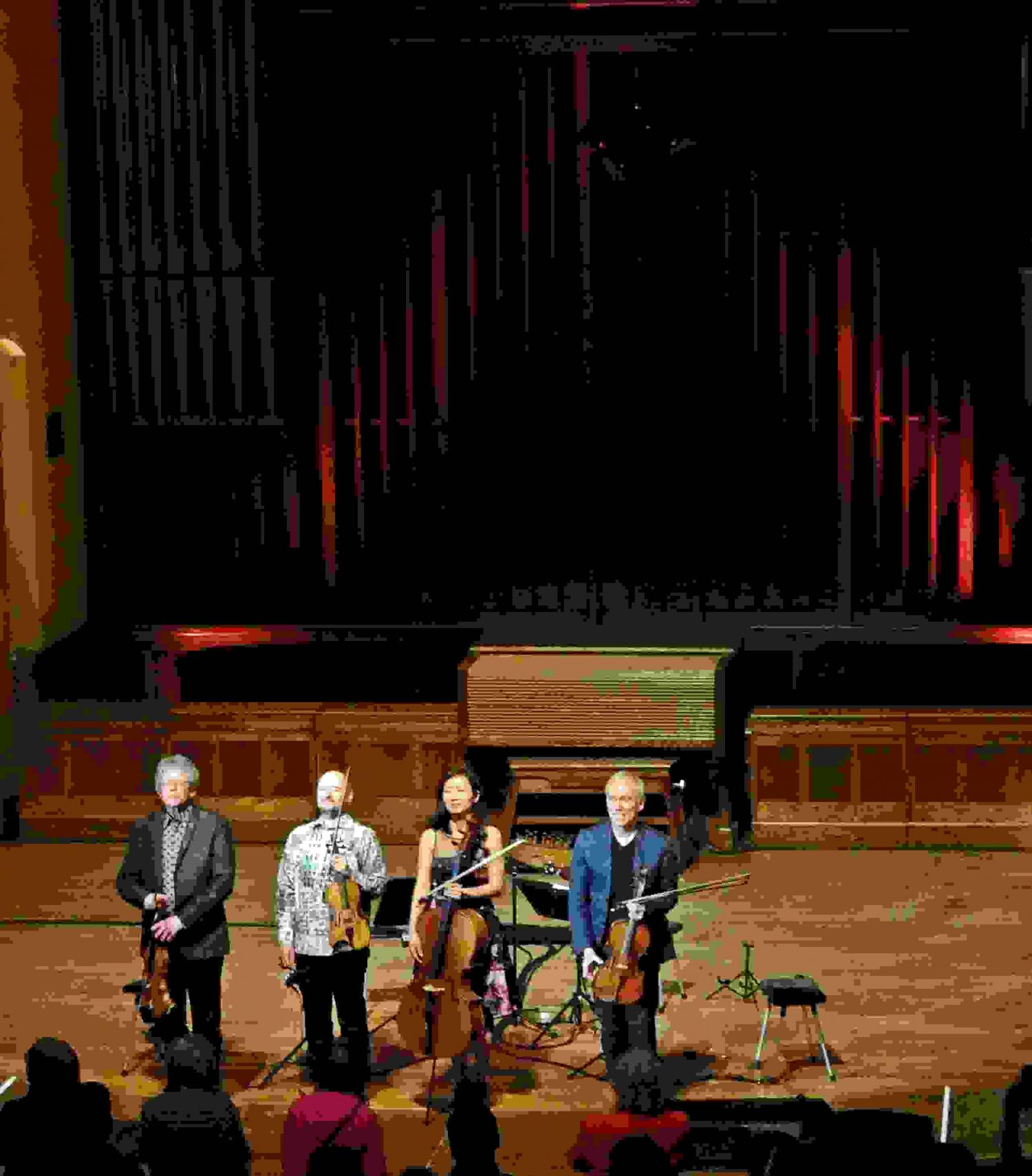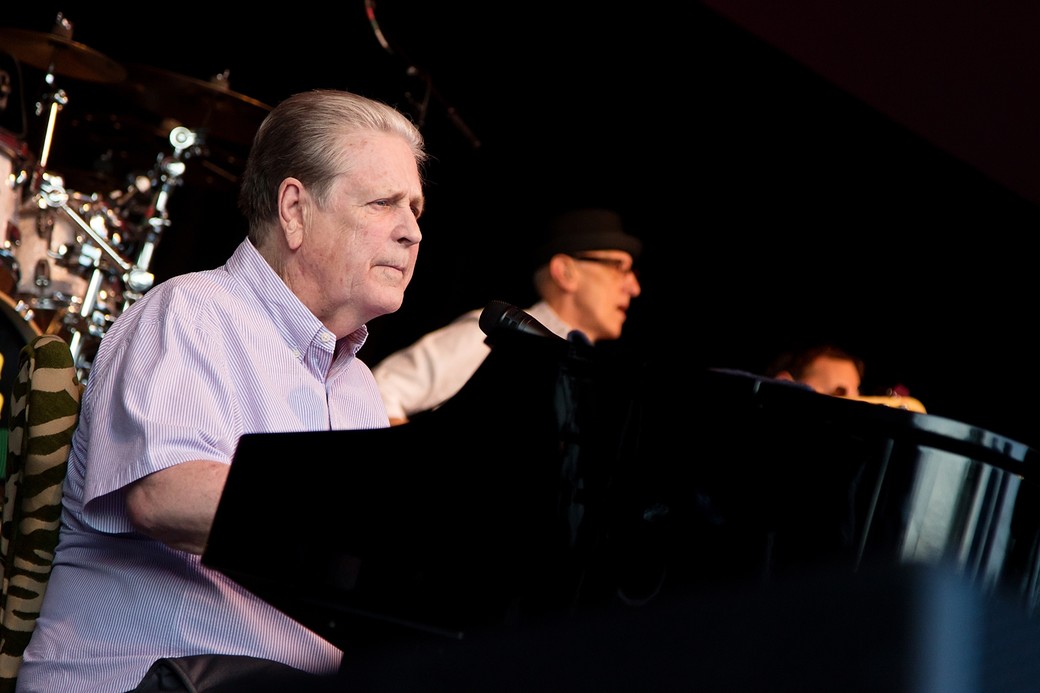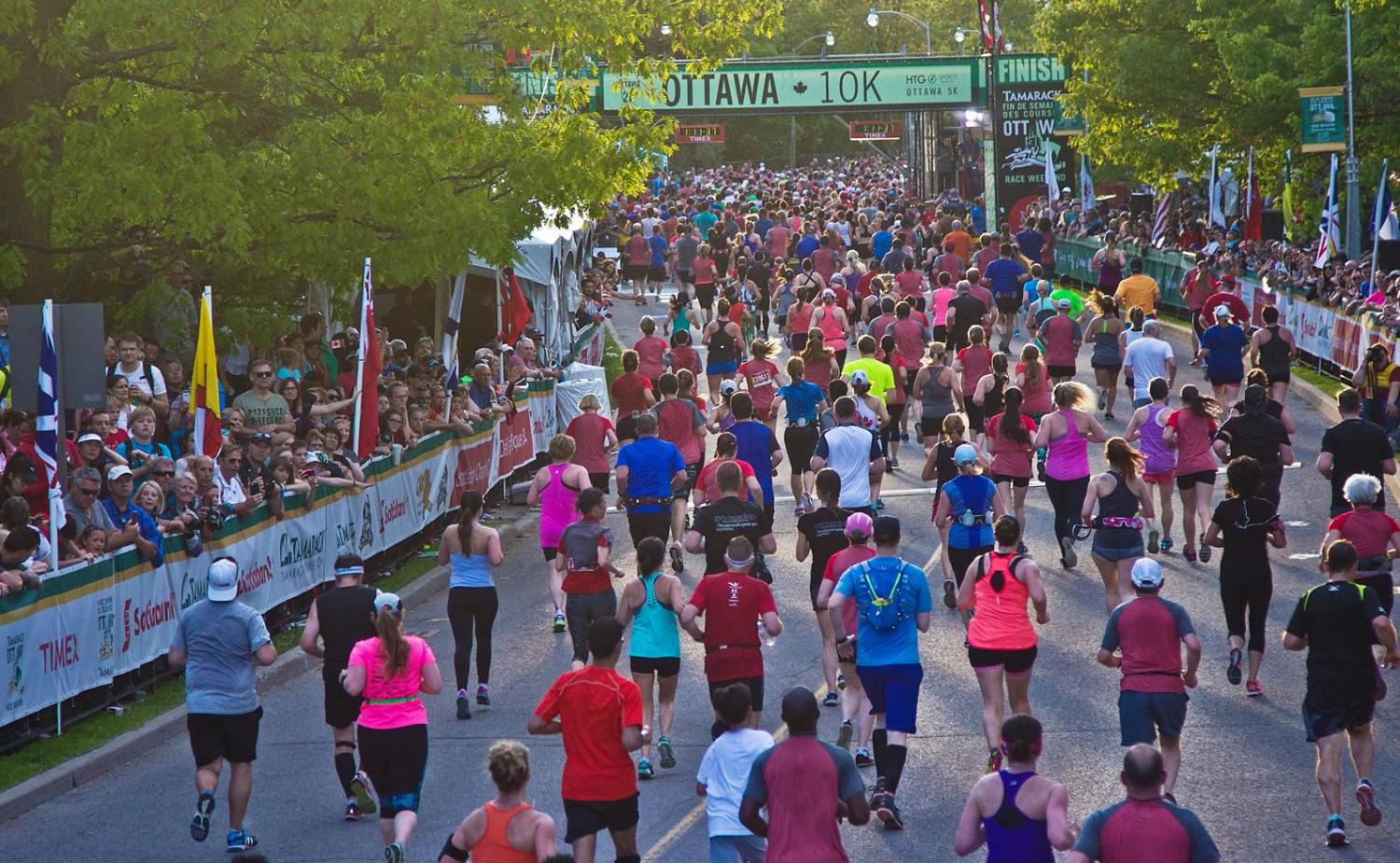
This is How the Kronos Quartet is Re-defining Music
 Ottawa Life’s Festival City Series is back! We'll provide a unique look at some of your favourite events.
Ottawa Life’s Festival City Series is back! We'll provide a unique look at some of your favourite events.
We’ll go beyond the music with artist interviews, volunteer profiles, concert reviews and spotlights on
the tastes, sights and sounds of the festival season.
Your city! Your festivals and events!
Like a good sunscreen, Ottawa Life has you covered.
Photos by Alan Viau
The Kronos Quartet have fearlessly explored and re-imagined the string quartet for 40 years. On July 5, 2017, they presented an eclectic selection of musical pieces that demonstrated where they are on this journey. Some of their featured music gives an insight as to where they will be taking their adventures in the future. And it is very exciting.
As a music appreciator, I always love hearing how artists interpret and create new works. Music is never a static medium. It evolves over time as the artist re-interprets based on their experience or even how they feel that day.
Kronos Quartet founding member, David Harrington, was inspired in 1973 by a piece from George Crumb's Black Angels, that was considered highly unorthodox featuring bowed water glasses, spoken word passages, and electronic effects. Since then, Kronos Quartet has been on an adventurous journey producing diverse repertoire.
As a result, Kronos Quartet has become a very celebrated and influential group. They have performed thousands of concerts worldwide, released more than 50 recordings, collaborating with many of the world's accomplished composers and performers, and commissioning more than 850 works and arrangements for string quartet. They have also gathered a few prizes as well along the way.
And here they were in Ottawa as part of the Music and Beyond Festival. They presented an excitingly eclectic program of 11 pieces of music. The printed program is simply a listing of pieces that they were to play with no background information. This meant the audience was to interpret as they saw fit. A little introduction was provided for each one which did help – but generally, we enjoyed as we heard the music.
The first stirring piece was Kule Kule which was composed and arranged for Kronos by the Democratic Republic of the Congo group Konono No 1. Their pulsing electonic beat with the strings captured the essence of the African rythym and the rawness of Konono No 1.
Contrastingly, the next piece Dadra in Raga Bhairavi, composed by Indian violinist N Rajam and arranged for Kronos. The quartet were able to play over a drone that brought me into a meditative state. There was an interplay of the violins weaving in and out of the drone. The cello doubled as a tabla.
The next segment featured three compositions from the Kronos Quartet's Fifty for the Future selection. This is an exciting project where an eclectic group of composers – 25 men and 25 women were commissioned to produce a collection of 50 new works – 10 per year for five years. The goal is to expand the contemporary approaches to the string quartet. Now in its third year, the project is hoping to nurture a globe-spanning exploration of the string quartet that will move the art form forward.
Montreal's, Nicole Lizee's Another Living Soul was an intreguing work which used various percussion elements. The quartet were not only playing their instruments but also stomping, hitting bells, twirlling tuned whistling tubes, and sighing. This must have been very demanding on the artists and required lots of practice and concentration to execute so perfectly.
The quartet's playing of Tanya Tagaq's Sivunittinni was played at the frenetic tempo that Inuit throat singers can display. Traditionally, two throat singers compete against each other and the quartet certainly interpreted this so expertly. It was amazing to hear how four string instruments produced the overtones in throat singing.
After these two exciting pieces, a more somber number from Aleksander Kosciow, Hilathi. It felt heavy and depressed in the beginning hitting many chords that reminded me of a church organ. A completive piece that sees enlightenment and resolution at the end.
The first set was completed with an exciting rendition of Pete Townshend's Baba O'Riley – a real crowd pleaser.
The second half opened with a tune from Charles Mingus, Children's Hour of Dream. This is a difficult jazz composition that requires precise timing and bowing – which of course the Kronos Quartet performed expertly.
In contrast the George Gershwin song Summertime was loungy and lazy with exquisite long notes. I could hear Janis Joplin in my head as they captured her inspired passionate version.
In a demonstration that no music style is beyond the quartet, their rendition of Rhiannon Giddens At The Purchaser's Option , another Fifty For The Future composer, certainly demonstated that blue grass banjo plucking and fiddling is not beyond them.
We were treated to a premier of the Kronos Quartet playing the Everly Brothers House of the Rising Sun. This song can be plodding but they were able to infuse it with an energetic arranagement. This brought me back to my early days of learning guitar where this song was a must play.
The concert ended with a piece from Terry Riley with whom the quartet has collaborated for many years. Good Medicine is the last section of Salome Dances for Peace, an epic, two-hour-long string quartet.
In my mind, the Kronos Quartet has shown that any musical style can be adapted to fit their supreme musical talents. It will be exciting to see the Fifty For The Future project unfold more compositions that challenge our perceptions of what a string quartet can accomplish.












